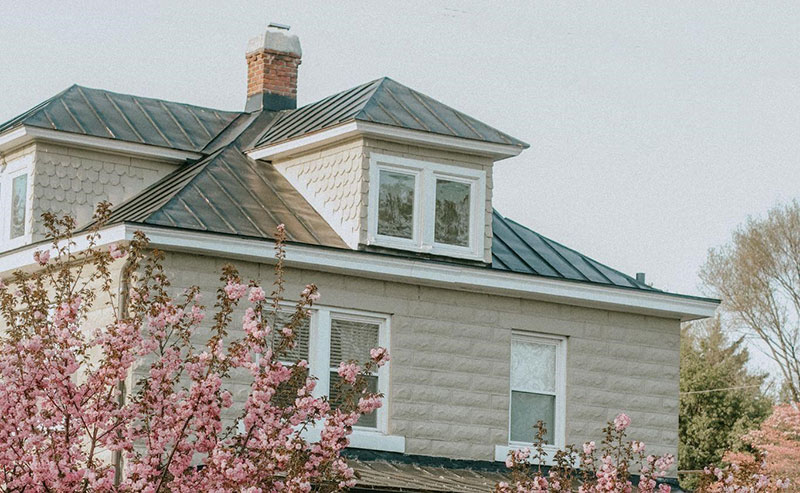Advertisement
When buying an old house, you can always expect some wear and tear. However, you shouldn’t necessarily have to deal with serious faults.
Some of these faults could be not only expensive to fix, but dangerous if not repaired. It’s worth making note of these problems when viewing an old property so that you know what you’re getting yourself into.
Large jagged cracks
Large jagged cracks in the wall could be a sign that an old house is on the verge of collapsing. Thin hairline cracks that run in a vertical or horizontal direction are generally nothing to worry about, however jagged diagonal cracks that are over ¼ inch wide are likely a sign of structural weakness. The foundations could be in need of repair, which will likely require hiring a specialist company such as Pinnacle Foundation Repair. Such work could be necessary for making the building safe – you should decide whether you’re willing to take on such a repair project.
Doors that don’t shut
If a door isn’t staying shut, it could be another sign of foundation issues. The frame could be coming away from the door as a result of the building shifting. This isn’t always the cause – there could be other reasons as to why a door doesn’t shut. However, in an old building, foundation issues could be a likely cause.
Sagging roof
If the roof is sagging, this could be a sign that the whole roof needs replacing. The roof timbers may be damaged or the roof may simply be overloaded. Whatever the cause may be, it’s something that will need looking into – if you ignore it, the roof could eventually cave in. Roofing experts will be able to take a look and diagnose the problem.
Pest damage
Older homes are more likely to attract pests due to there being more cracks and crevices to crawl in through. It’s worth looking out for signs of pest damage before moving into an old house. Damaged wood and blisters in flooring could be a sign of termite damage. Rub marks and gnaw marks could be a sign of mice. If you see these signs, determine whether you’re willing to deal with a pest problem. This New York Times article explains more on how to get rid of various household pests.
Musty odors
A musty odor in a house could be a sign of a mold problem. The mold may not be visible, but it’s likely to be there somewhere – since mold typically thrives in damp conditions, there could be a hidden leak somewhere or the home could be prone to flooding. Mold exposure can lead to health issues, so you should be careful of moving into a home that may have a mold problem. WebMD offers some tips on how to get rid of mold if you do decide to move in.
Spots of fresh paint
An old house that has been freshly painted may not be anything to be concerned about. However, you should be suspicious of patches of seemingly fresh paint on walls – it’s likely the patch of paint has been used to hide something such as a crack or some mold. You can always ask the agent or seller if you feel you need answers.
Flickering lights
Flickering lights are a common sign of electrical problems. In an old house, it’s likely that the problem is caused by old wiring. This is not a problem you should ignore – old faulty electrics are a common cause of house fires. Rewiring the entire house could be necessary to make the building safe. This is a big job that you need to be willing to take on.

